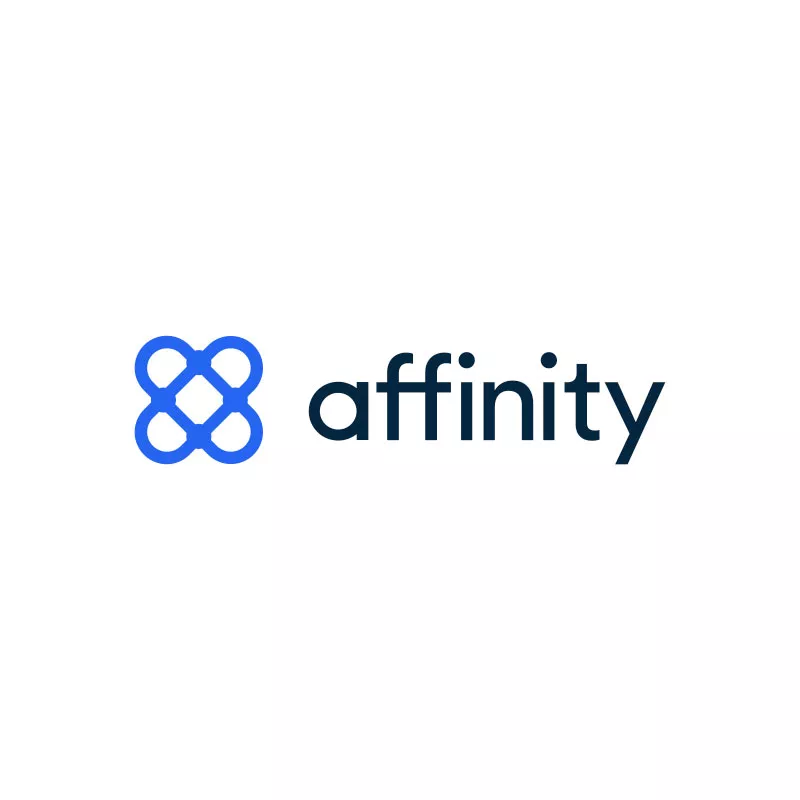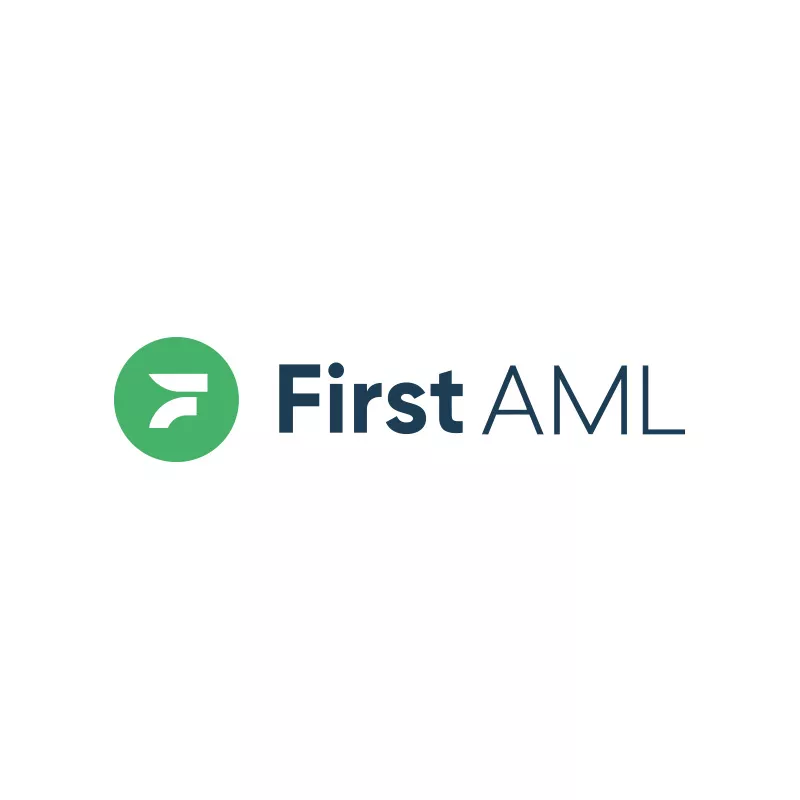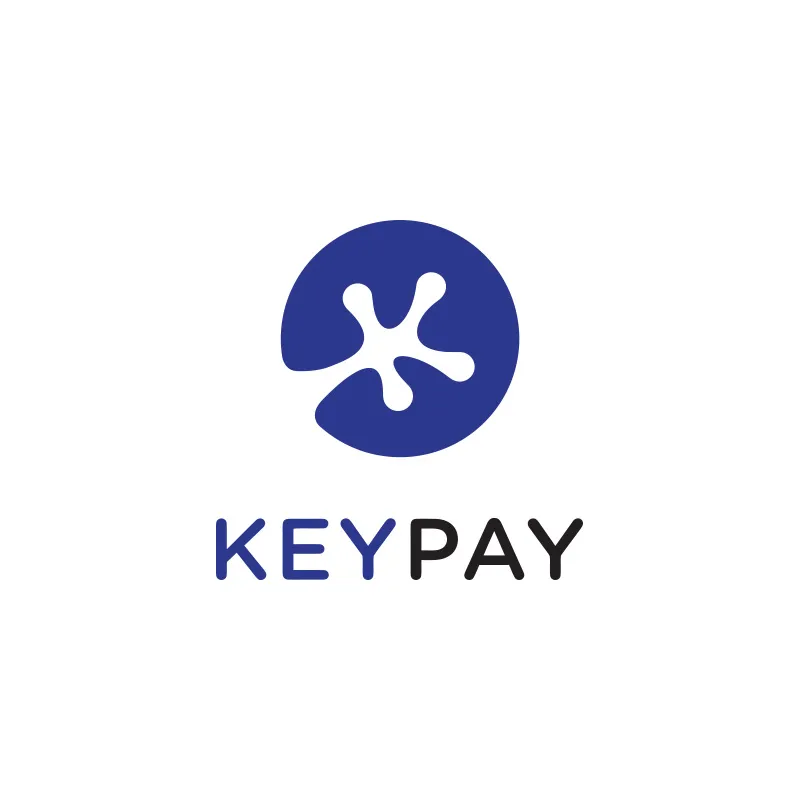Corporate Insolvency
Helping businesses through challenging times, whether that is turnaround, recovery or liquidation.


Our Services
We specialise in assisting an insolvent company be rescued as a going concern or facilitate a sale of its business and assets, while offering protection from creditors.
Our Licensed Insolvency Practitioners frequently act as Administrators across a variety of sectors and will look to explore:
- Rescuing the company as a going concern, this is normally completed by way of a company voluntary arrangement;
- Continuing to trade the business under their control, whilst preparing for a sale of all or part of the business;
- Completing a sale of the business that was agreed in advance (for further information, please see pre-pack Administration sale);
- An orderly shutdown – sometimes the directors of a company will appoint Administrators to take control of the Company immediately. This is often where there is increasing creditor pressure and Administrators are appointed to safeguard assets.
A pre-pack Administration is a pre-arranged sale of the company’s business and certain assets as a going concern.
The buyer can be a third party, trade buyer or the current directors/ owners can purchase the business via a new company.
The buyer agrees the terms of the sale with the proposed Administrator, and they complete the sale at the same time as the company enters Administration.
Our Licensed Insolvency Practitioners are experts at dealing with pre-pack sales of businesses and complete a number of these transactions every year.
Typically, the pre-pack process works as follows:
- Valuation – the business and assets are valued by an independent valuer.
- Sales and Marketing – the business is then marketed for sale on the open market. Clearly this is initially on a no-names basis, until any interested parties sign a non-disclosure agreement.
- Deadline is set for best & final offers – the time period is agreed to ensure that sufficient marketing time is available but also that the business is able to continue to trade during this period.
- Offer accepted – the proposed Administrator then accepts the best offer received and instructs solicitors to prepare a sale agreement.</l
- Consent from secured creditors – often the proposed Administrator will need to obtain consent for the sale from secured creditors (Banks).
- Completion and appointment – once the terms of the sale are agreed and consent is obtained, the sale completes immediately after the company enters Administration.
Creditors’ Voluntary Liquidation (CVL) – this is the most common used insolvency procedure in the UK for businesses that are insolvent. As the name suggests, it is a voluntary process, led by the directors of the company but a licensed insolvency practitioner will be instructed to guide the directors through the formal procedure and then act as liquidator of the company.
Although it is a voluntary process, it is typically used after the business and its directors have explored all other options.
The company will cease to trade and the appointed liquidator takes control of the company. Broadly, the liquidator’s role is to realise the assets of the company, deal with all statutory formalities involved and if there are surplus funds to enable a return to be paid to creditors, to adjudicate on creditor claims and pay a dividend, before dissolving the company.
When a company falls behind in its payment of HMRC debts, it is normally a sign that the business is in distress. This can sometimes be a short-term issue, due perhaps to seasonality of trade or delayed payment from a customer.
If you are finding that your company is having difficulty keeping up with tax liabilities then please get in touch with one of our friendly and experienced experts.
We can support you with the following:
- Tax Debts
- Negotiating Time-to-Pay Arrangements with HMRC
- Late payment of tax issues
- Tax Avoidance Allegations by HMRC
- Accelerated Payment Notices
- Personal Penalty Notices
- HMRC chasing letters
- HMRC Winding Up Petition
- Penalties</li
- Employee Benefit Trusts
- HMRC Debt Enforcement
At Oury Clark, we believe in business rescue. We will seek to avoid a formal insolvency appointment, where possible by identifying the critical issues affecting a business’s performance and implement a clear plan with the support of key stakeholders in attempt to return the company to a solvent position.
Seeking early advice is critical to the maximizing the potential recovery options available to a director and ultimately, avoiding a formal insolvency appointment.
We can support you with the following:
- Negotiating informal repayment plan with creditors
- Cashflow management
- Stakeholder disputes
- Consensual restructuring
- Tailored recovery plan
- Restructuring HMRC debts
CVA is a legally binding contract between the company and its creditors. The terms of the agreement typically state that the company will repay all or part of the debts owed over a period of 3 – 5 years.
- Insolvency Practitioners are required to act as Nominee of the CVA, while it is negotiated with creditors and then Supervisor to oversee the agreement reached with creditors.
- In order for the proposal to be agreed, 75% in value of voting creditors need to support the CVA.
- We have the experience and expertise to assist in the preparation of realistic proposals for creditors to consider.
A LPA Receiver is appointed by the holder of fixed charged property (i.e. the commercial lender) with a view of selling the charged property or collecting the rental income from it, to pay the debt to the charge holder. At Oury Clark, our Insolvency & Restructuring professionals have acted as LPA Receivers for a number of Lenders, assisting them secure and dispose of property.
The process of a LPA is broadly as follows:
- Appointment – the power to appoint is contained in the loan documentation and clearly arises when the borrower is in default of those terms. The proposed Receiver will work with the lender to ensure a valid appointment is completed.
- Once Appointed – the Receiver notifies the borrower.
- Day One Activities – the Receiver arranges for the property to be insured and also carries out an initial inspection to review the condition of the property and ensure it is secure.
- Marketing and sale – often, property agents are instructed to prepare a valuation report and advise on the appropriate disposal method. Normally this will be either by private treaty sale or auction.
- Reporting to lender – the Receiver agrees a reporting timeframe with the lender to update them on their progress.
- Tax and completion – the LPA Receivers act as agents of the debtor. This means that any transaction may give rise to a capital gain will need to be reported to the debtor so they can include this in their individual tax return.
- Once the property is sold – the Receivers role is concluded.
As a firm of chartered accountants and business advisors, we have a wealth of experience in advising businesses that are going through a reversal in their trading performance.
An IBR is often requested by a company’s lender at a point when they have a concern about the viability of the business. The purpose of an IBR is to take an unbiased view of a company’s finances, including their assets and financial forecasts. Most IBRs are completed as part of a company’s general health check and much like a full audit can assist management by providing an independent view on operational or financial changes to aid the company going forward.
You shouldn’t panic if your lender requests an IBR, they are typically carried out when businesses are:
- Negotiating enhanced credit support
- Dealing with pinch points in their cash flow
- Generally suffering a decline in their trading performance
- Behind in sending management information to the lender
- Facing other potential breaches of their lending covenants
We specialise in assisting an insolvent company be rescued as a going concern or facilitate a sale of its business and assets, while offering protection from creditors.
Our Licensed Insolvency Practitioners frequently act as Administrators across a variety of sectors and will look to explore:
- Rescuing the company as a going concern, this is normally completed by way of a company voluntary arrangement;
- Continuing to trade the business under their control, whilst preparing for a sale of all or part of the business;
- Completing a sale of the business that was agreed in advance (for further information, please see pre-pack Administration sale);
- An orderly shutdown – sometimes the directors of a company will appoint Administrators to take control of the Company immediately. This is often where there is increasing creditor pressure and Administrators are appointed to safeguard assets.
A pre-pack Administration is a pre-arranged sale of the company’s business and certain assets as a going concern.
The buyer can be a third party, trade buyer or the current directors/ owners can purchase the business via a new company.
The buyer agrees the terms of the sale with the proposed Administrator, and they complete the sale at the same time as the company enters Administration.
Our Licensed Insolvency Practitioners are experts at dealing with pre-pack sales of businesses and complete a number of these transactions every year.
Typically, the pre-pack process works as follows:
- Valuation – the business and assets are valued by an independent valuer.
- Sales and Marketing – the business is then marketed for sale on the open market. Clearly this is initially on a no-names basis, until any interested parties sign a non-disclosure agreement.
- Deadline is set for best & final offers – the time period is agreed to ensure that sufficient marketing time is available but also that the business is able to continue to trade during this period.
- Offer accepted – the proposed Administrator then accepts the best offer received and instructs solicitors to prepare a sale agreement.</l
- Consent from secured creditors – often the proposed Administrator will need to obtain consent for the sale from secured creditors (Banks).
- Completion and appointment – once the terms of the sale are agreed and consent is obtained, the sale completes immediately after the company enters Administration.
Creditors’ Voluntary Liquidation (CVL) – this is the most common used insolvency procedure in the UK for businesses that are insolvent. As the name suggests, it is a voluntary process, led by the directors of the company but a licensed insolvency practitioner will be instructed to guide the directors through the formal procedure and then act as liquidator of the company.
Although it is a voluntary process, it is typically used after the business and its directors have explored all other options.
The company will cease to trade and the appointed liquidator takes control of the company. Broadly, the liquidator’s role is to realise the assets of the company, deal with all statutory formalities involved and if there are surplus funds to enable a return to be paid to creditors, to adjudicate on creditor claims and pay a dividend, before dissolving the company.
When a company falls behind in its payment of HMRC debts, it is normally a sign that the business is in distress. This can sometimes be a short-term issue, due perhaps to seasonality of trade or delayed payment from a customer.
If you are finding that your company is having difficulty keeping up with tax liabilities then please get in touch with one of our friendly and experienced experts.
We can support you with the following:
- Tax Debts
- Negotiating Time-to-Pay Arrangements with HMRC
- Late payment of tax issues
- Tax Avoidance Allegations by HMRC
- Accelerated Payment Notices
- Personal Penalty Notices
- HMRC chasing letters
- HMRC Winding Up Petition
- Penalties</li
- Employee Benefit Trusts
- HMRC Debt Enforcement
At Oury Clark, we believe in business rescue. We will seek to avoid a formal insolvency appointment, where possible by identifying the critical issues affecting a business’s performance and implement a clear plan with the support of key stakeholders in attempt to return the company to a solvent position.
Seeking early advice is critical to the maximizing the potential recovery options available to a director and ultimately, avoiding a formal insolvency appointment.
We can support you with the following:
- Negotiating informal repayment plan with creditors
- Cashflow management
- Stakeholder disputes
- Consensual restructuring
- Tailored recovery plan
- Restructuring HMRC debts
CVA is a legally binding contract between the company and its creditors. The terms of the agreement typically state that the company will repay all or part of the debts owed over a period of 3 – 5 years.
- Insolvency Practitioners are required to act as Nominee of the CVA, while it is negotiated with creditors and then Supervisor to oversee the agreement reached with creditors.
- In order for the proposal to be agreed, 75% in value of voting creditors need to support the CVA.
- We have the experience and expertise to assist in the preparation of realistic proposals for creditors to consider.
A LPA Receiver is appointed by the holder of fixed charged property (i.e. the commercial lender) with a view of selling the charged property or collecting the rental income from it, to pay the debt to the charge holder. At Oury Clark, our Insolvency & Restructuring professionals have acted as LPA Receivers for a number of Lenders, assisting them secure and dispose of property.
The process of a LPA is broadly as follows:
- Appointment – the power to appoint is contained in the loan documentation and clearly arises when the borrower is in default of those terms. The proposed Receiver will work with the lender to ensure a valid appointment is completed.
- Once Appointed – the Receiver notifies the borrower.
- Day One Activities – the Receiver arranges for the property to be insured and also carries out an initial inspection to review the condition of the property and ensure it is secure.
- Marketing and sale – often, property agents are instructed to prepare a valuation report and advise on the appropriate disposal method. Normally this will be either by private treaty sale or auction.
- Reporting to lender – the Receiver agrees a reporting timeframe with the lender to update them on their progress.
- Tax and completion – the LPA Receivers act as agents of the debtor. This means that any transaction may give rise to a capital gain will need to be reported to the debtor so they can include this in their individual tax return.
- Once the property is sold – the Receivers role is concluded.
As a firm of chartered accountants and business advisors, we have a wealth of experience in advising businesses that are going through a reversal in their trading performance.
An IBR is often requested by a company’s lender at a point when they have a concern about the viability of the business. The purpose of an IBR is to take an unbiased view of a company’s finances, including their assets and financial forecasts. Most IBRs are completed as part of a company’s general health check and much like a full audit can assist management by providing an independent view on operational or financial changes to aid the company going forward.
You shouldn’t panic if your lender requests an IBR, they are typically carried out when businesses are:
- Negotiating enhanced credit support
- Dealing with pinch points in their cash flow
- Generally suffering a decline in their trading performance
- Behind in sending management information to the lender
- Facing other potential breaches of their lending covenants
Something went wrong
Related Resources
Something went wrong
Technical Information
This section contains technical documents provided electronically rather than by post. If you have any difficulties downloading documents from this page or require a hard copy, please contact us on +44 (0) 20 7067 4300 or by sending an email to ocinsolvency@ouryclark.com
Let us Introduce Ourselves
To find your nearest office or get in touch with one of our specialist advisors to see how we can help your business, please go to our contact page.















